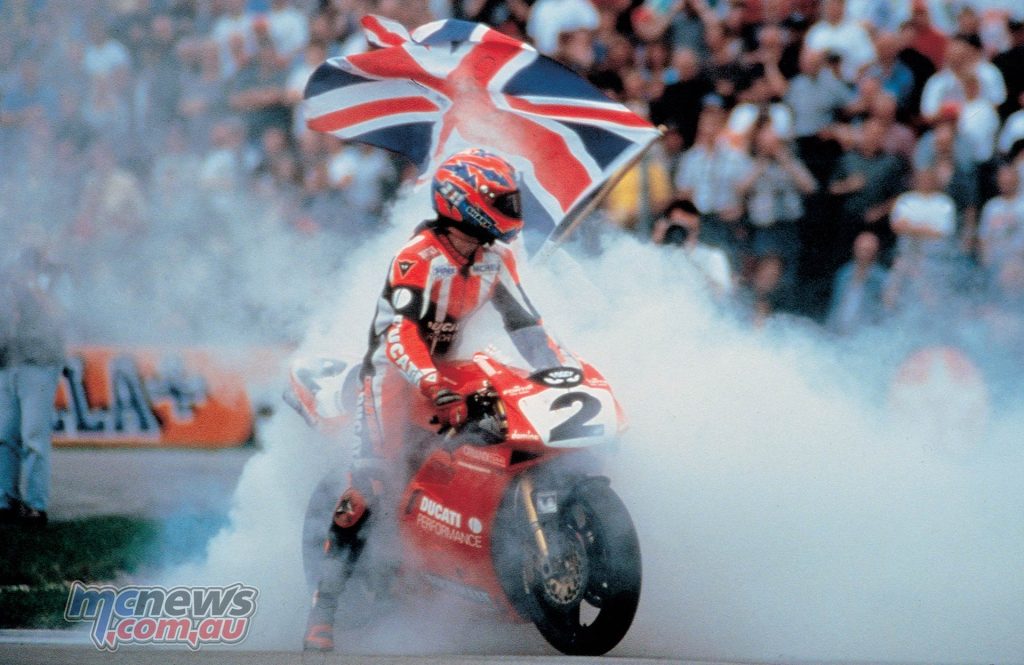Ducati in World Superbike
The history of Ducati Superbikes runs parallel to that of WorldSBK. The 851, born as a 748 cc prototype from the minds of Massimo Bordi and Gianluigi Mengoli on the basis of Ducati’s technical cornerstones – L-twin cylinder, desmodromic distribution, trellis frame – was the first Ducati Superbike, powered by the new Desmoquattro four-valve per cylinder engine.
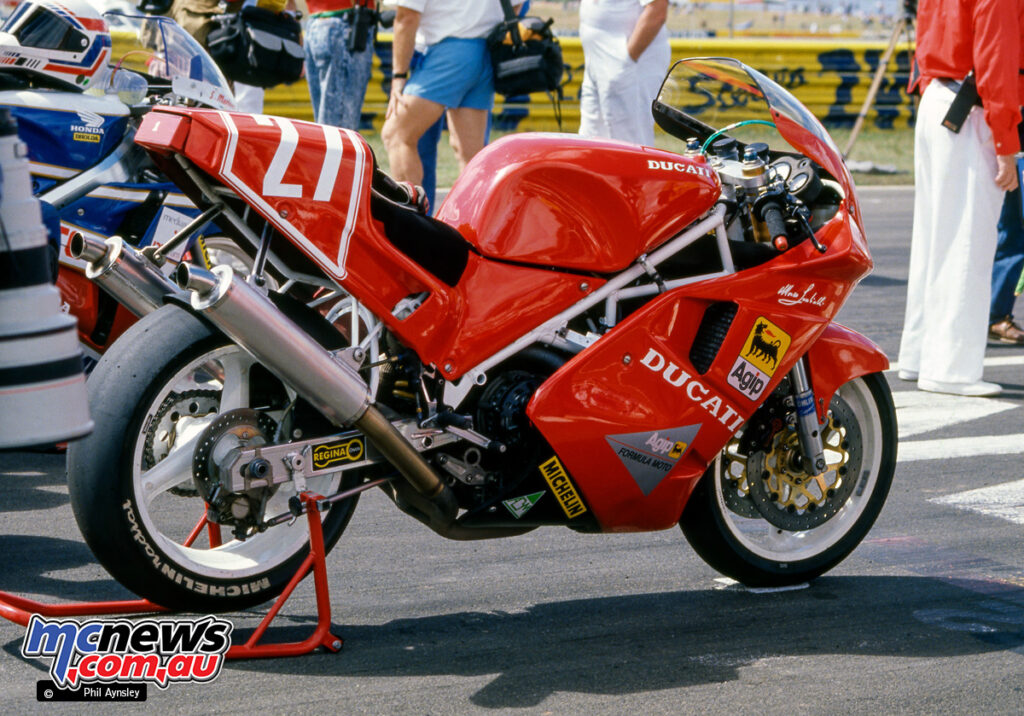
The displacement was boosted to 888 cubic centimetres with a bore increase. The model changed its name in 1992, adapting to the new cubature. For many enthusiasts it was with the 851 that the Ducati of the modern era was born: technologically advanced, red and extraordinarily high-performance.
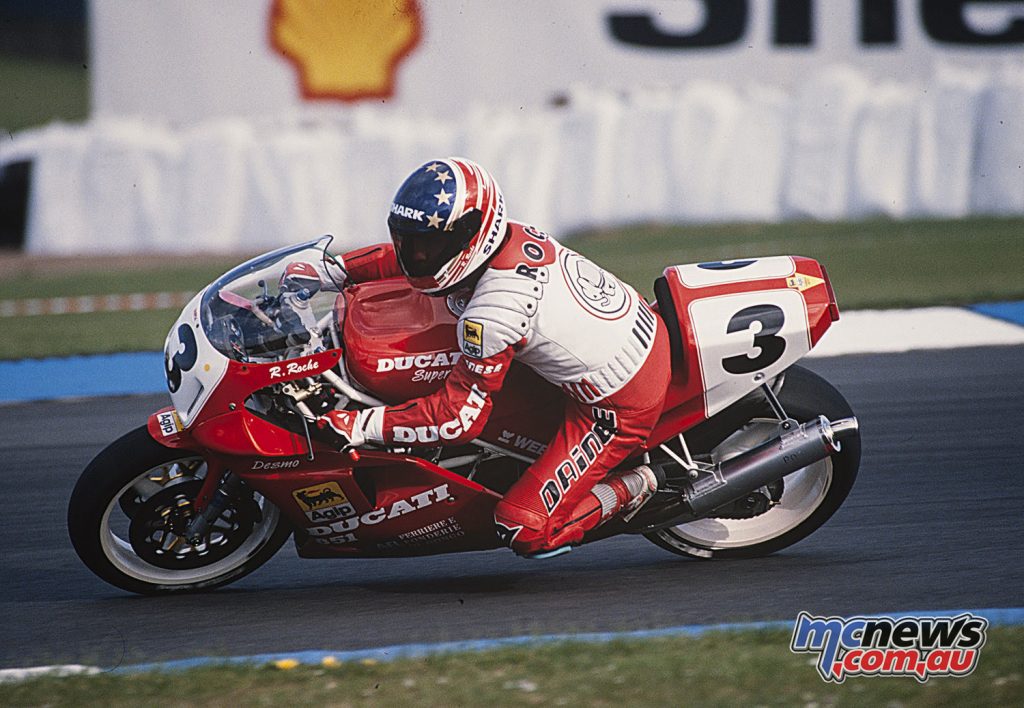
In total, the 851/888 family picked up three riders’ titles (1990 with Raymond Roche, 1991 and 1992 with Doug Polen) and three manufacturers’ titles: 1991, 1992 and 1993. From 1990 to 1994, it scored 78 wins and 170 podiums.
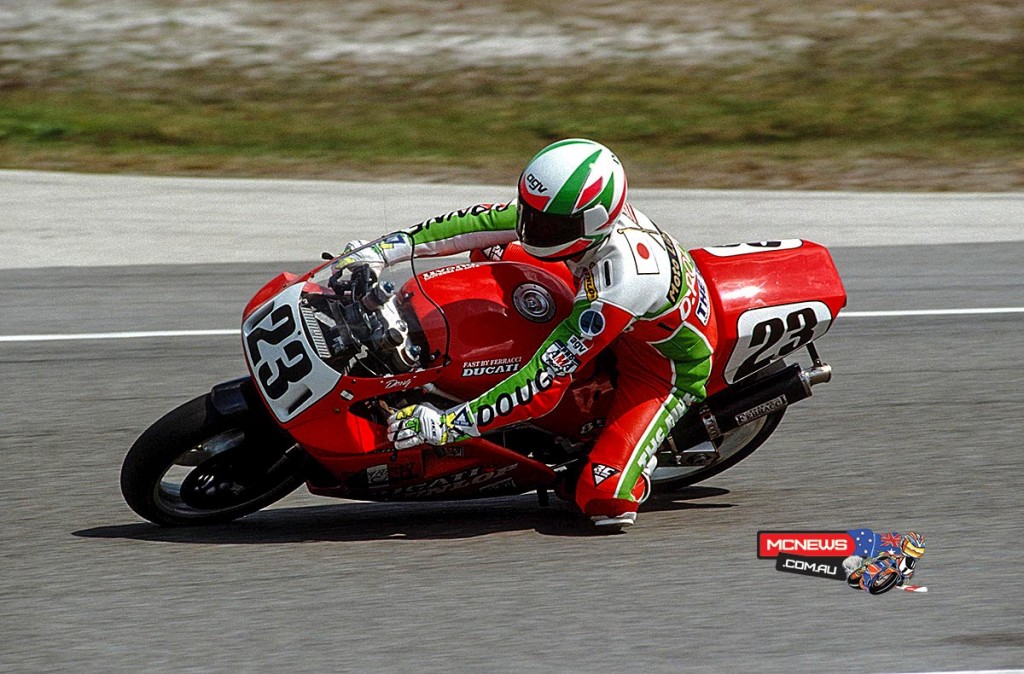
The 916 Generation
In October 1993, Ducati left everyone speechless when it presented the 916, a bike capable of tracing a groove separating “before” from “after”.
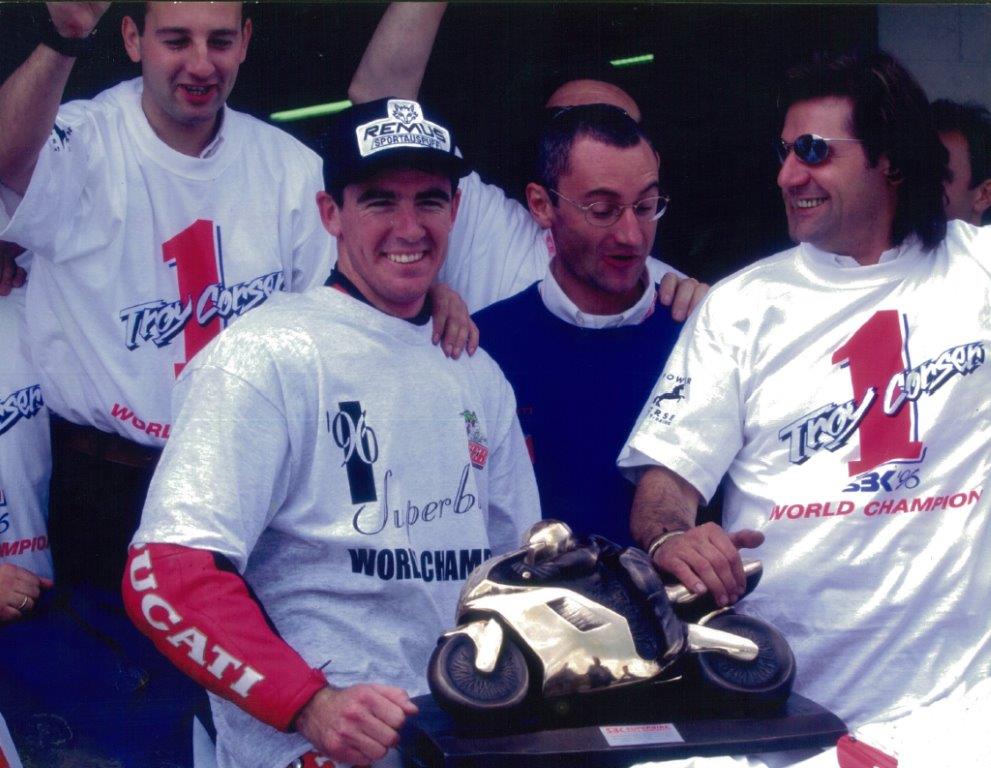
The 916 was lean, nimble, powerful, with lines and solutions drawn by Massimo Tamburini – also known as “Maestro” – still current today in their synthesis of beauty and effectiveness according to the concept of form-follows-function whose descendants are recognizable in the Panigale.
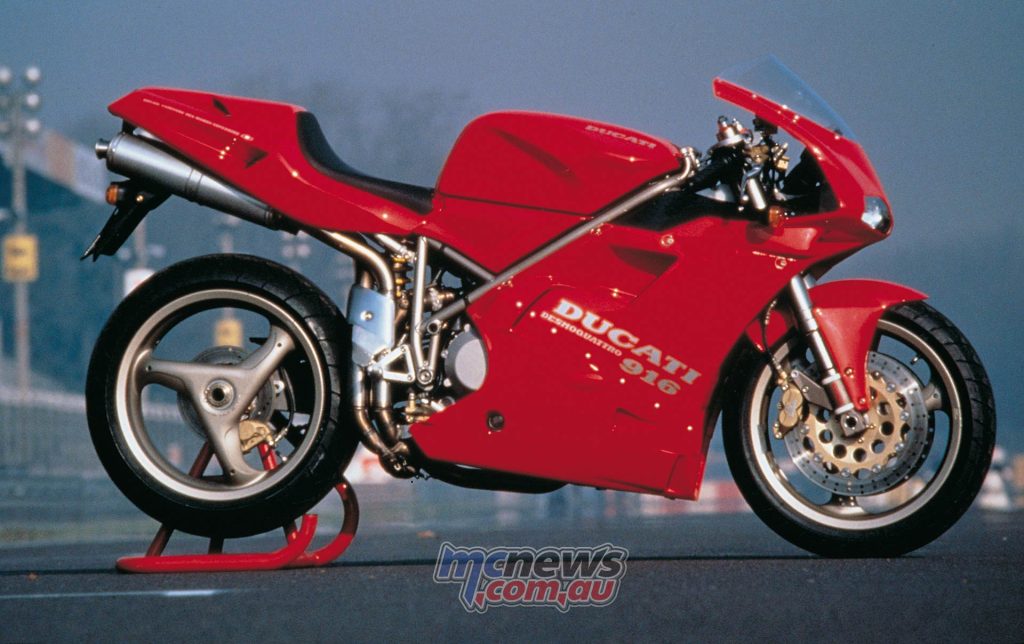
With a completely revised chassis and highly-evolved Desmoquattro twin-cylinder, the 916 dominated all the formulas in which it raced.
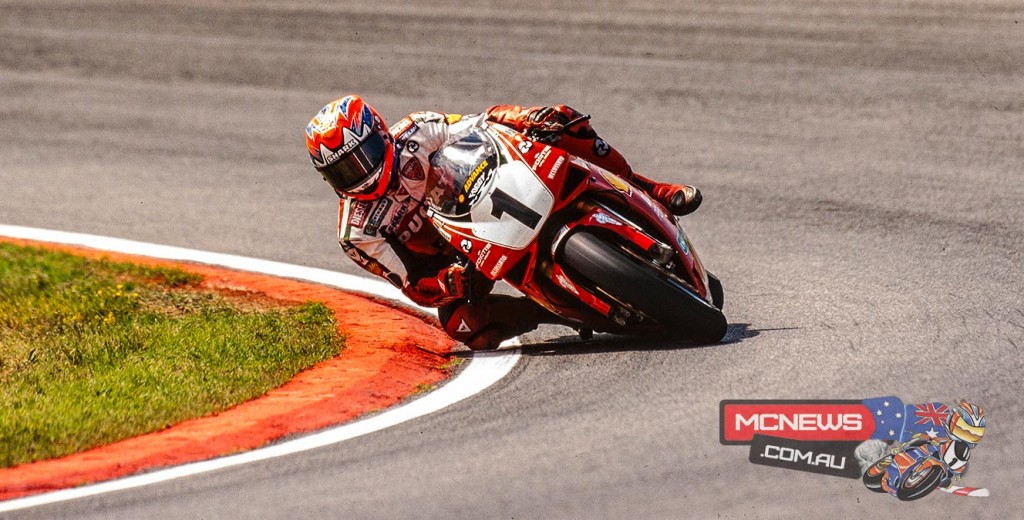
As the years went by, the displacement increased. In 1998 Ducati launched the 996, the name with which an epochal model such as the 996 R made its debut in 2001, powered by the first 998 cc Testastretta whose heirs can still be found today in the twin-cylinder models of the Ducati range.
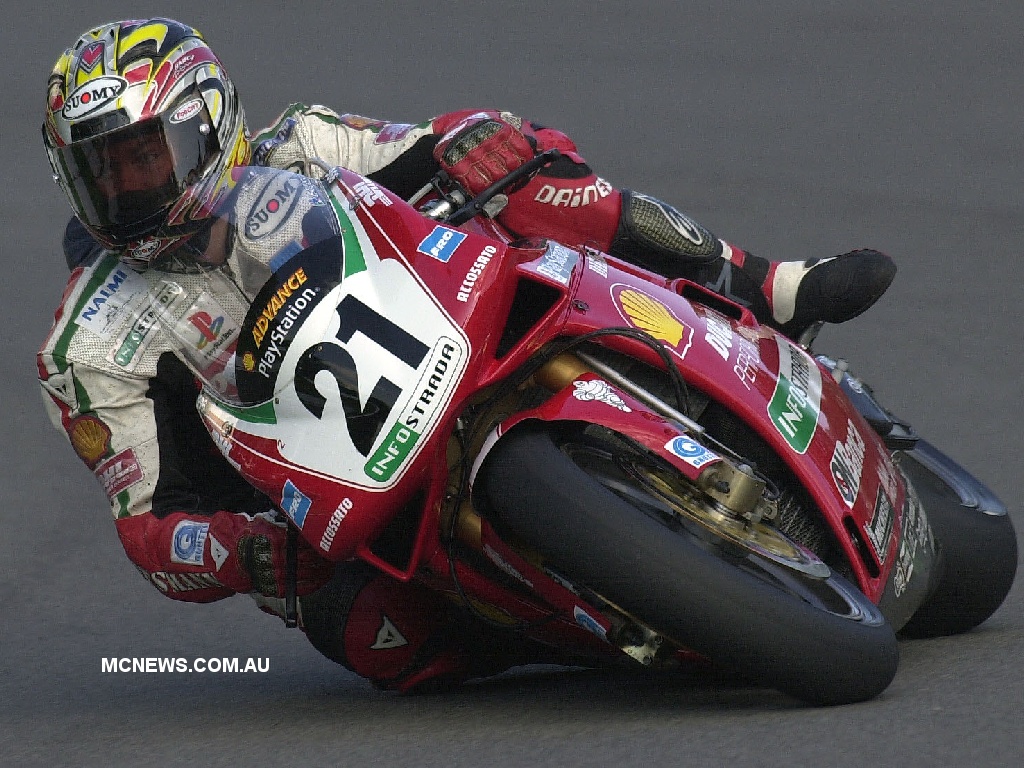
In 2002 the 996 gave way to the 998. In its standard version, the Ducati superbike went from 114 horsepower of the first 916 to 123 of the 998.
The Ducati 916 is the most successful of the Ducati SBKs and between 1994 and 2003, with its 916, 996 and 998 versions, it won eight world titles (including four with “King” Carl Fogarty), 122 races and it took its riders to the podium on 311 occasions.
And the 996 R is the model with which the career in red of Troy Bayliss, the other great Ducati Superbike legend, began.
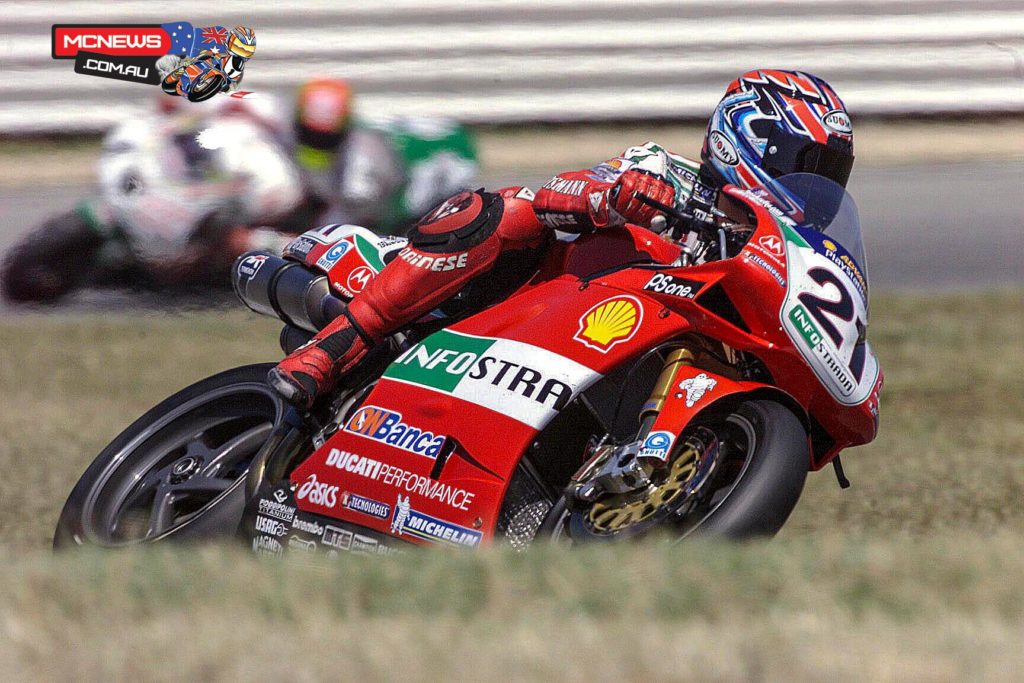
The 999 Dominates
The 999 arrived in 2003; with ground-breaking lines, an evolved version of the Testastretta and a heavily revised chassis. The Ducati superbike abandoned the single-sided swing-arm, introduced a superimposed headlight and the under-seat exhaust became integrated into a single silencer.
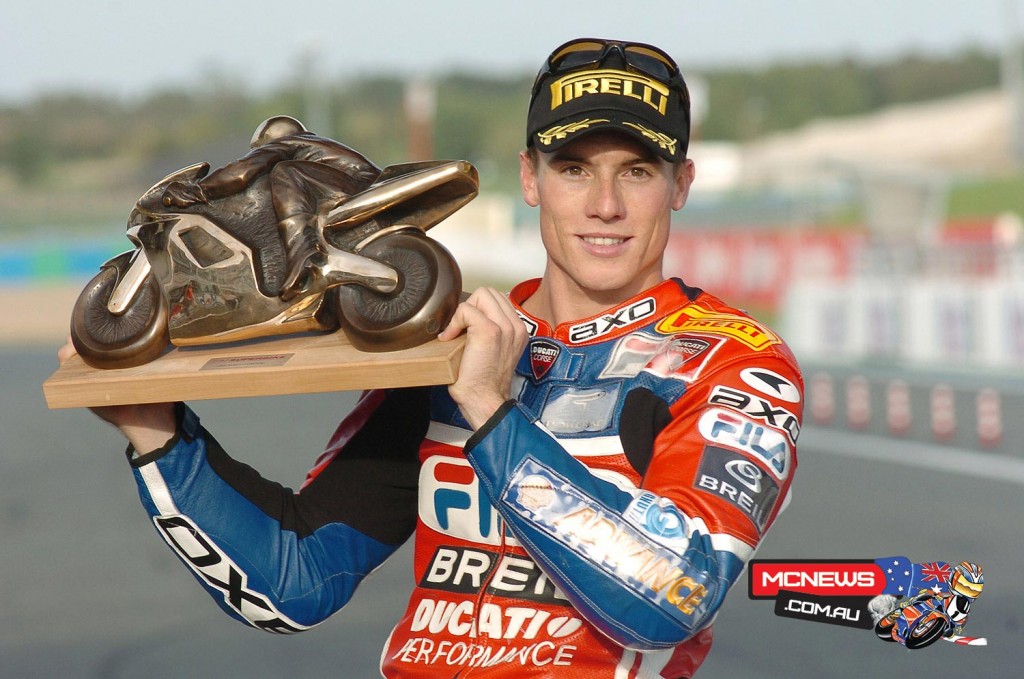
It is the Ducati Superbike with the highest victories/seasons ratio: in just five years (the 1098 only started racing in 2008) it achieved 63 victories and three world titles with Neil Hodgson, James Toseland and Troy Bayliss. Its riders stepped onto the podium 163 times.
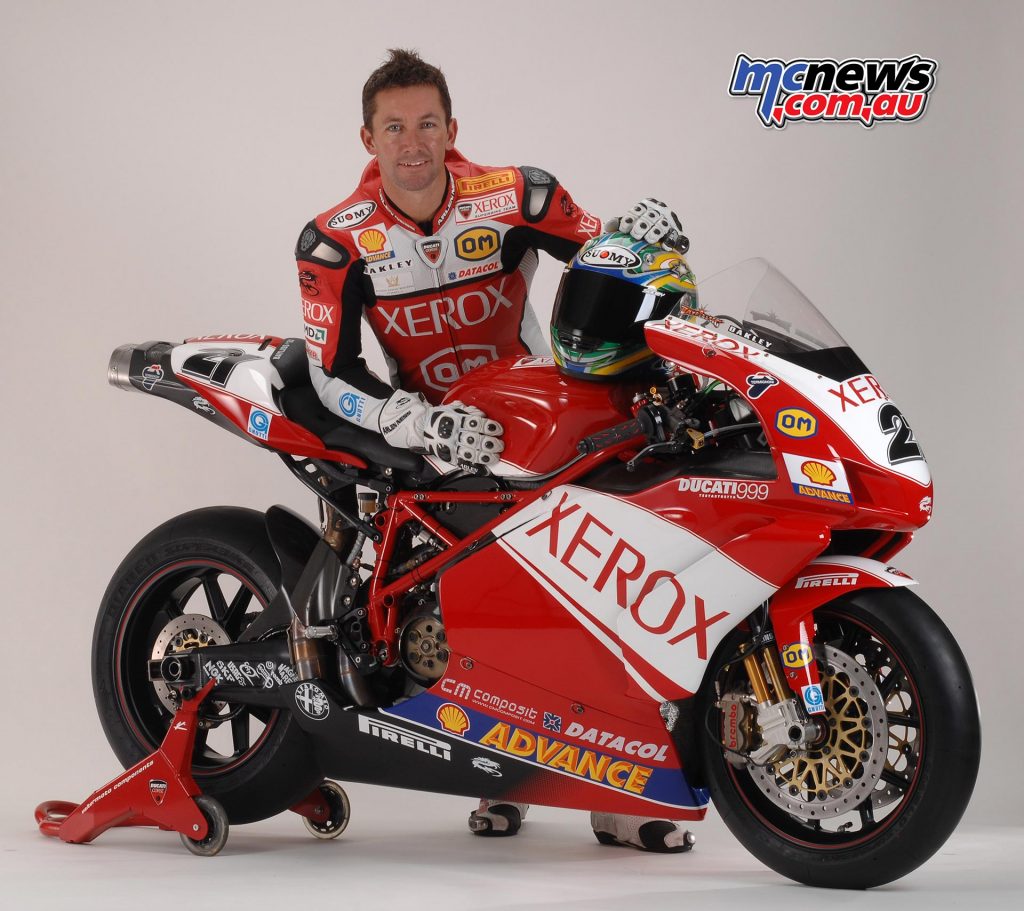
In 2008, the regulations allowed twin-cylinder engines to go over the one-litre displacement limit. Ducati presented the 1098 already in November 2006, continuing many of the stylistic and technical elements of the 998. The split headlight unit was horizontal again, and the single-sided swing-arm and split under-seat exhaust were back.
The twin-cylinder increased in power up to 160 hp and, updated in various technical solutions derived from the MotoGP bike, especially in thermal aspects, it took the name of Testastretta Evoluzione.
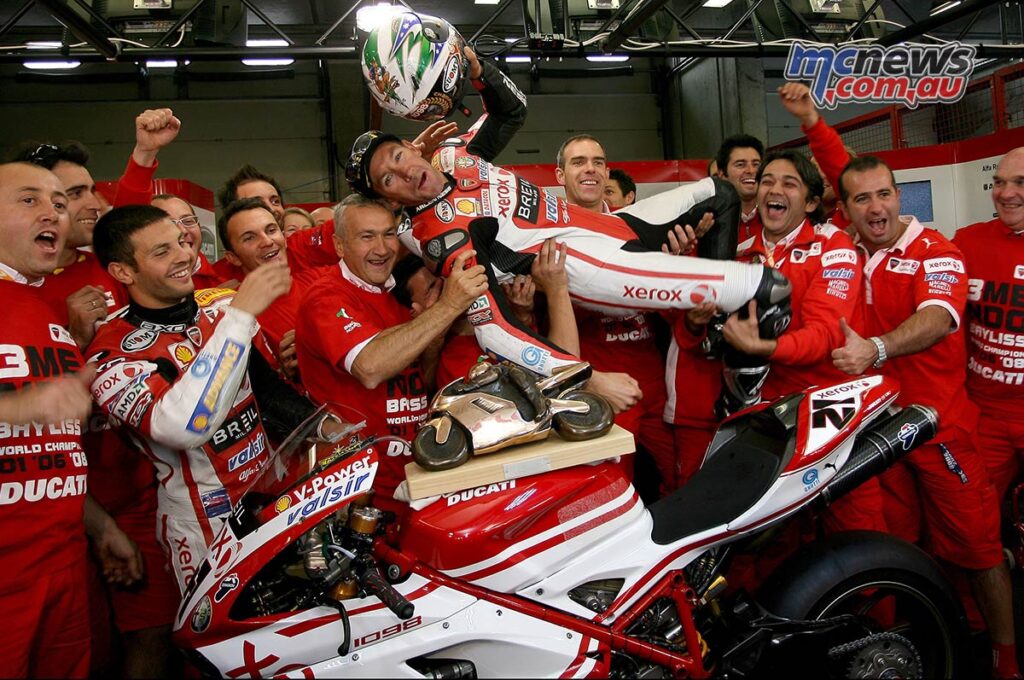
The 1198 arrived in 2009, more powerful (170 hp) but above all equipped with Ducati’s first electronic traction control. The displacement went up to just over 1,198 cubic centimetres, and with it came the 2011 title, which was won by the Spaniard Carlos Checa.
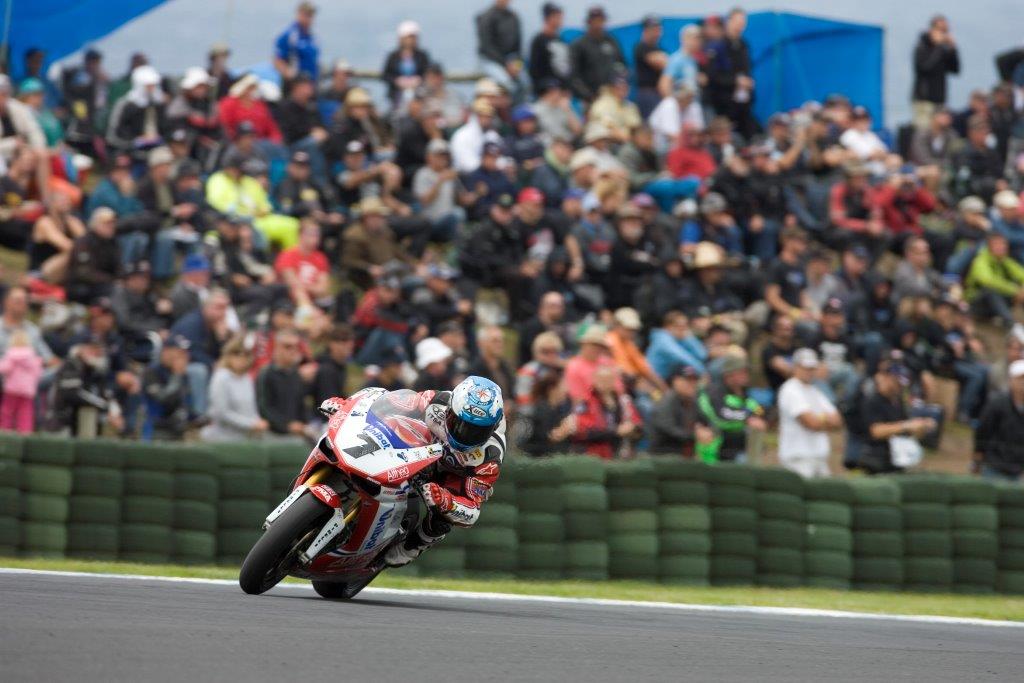
The 1098 and 1198 scored 139 podiums between 2008 and 2012, including 52 victories.
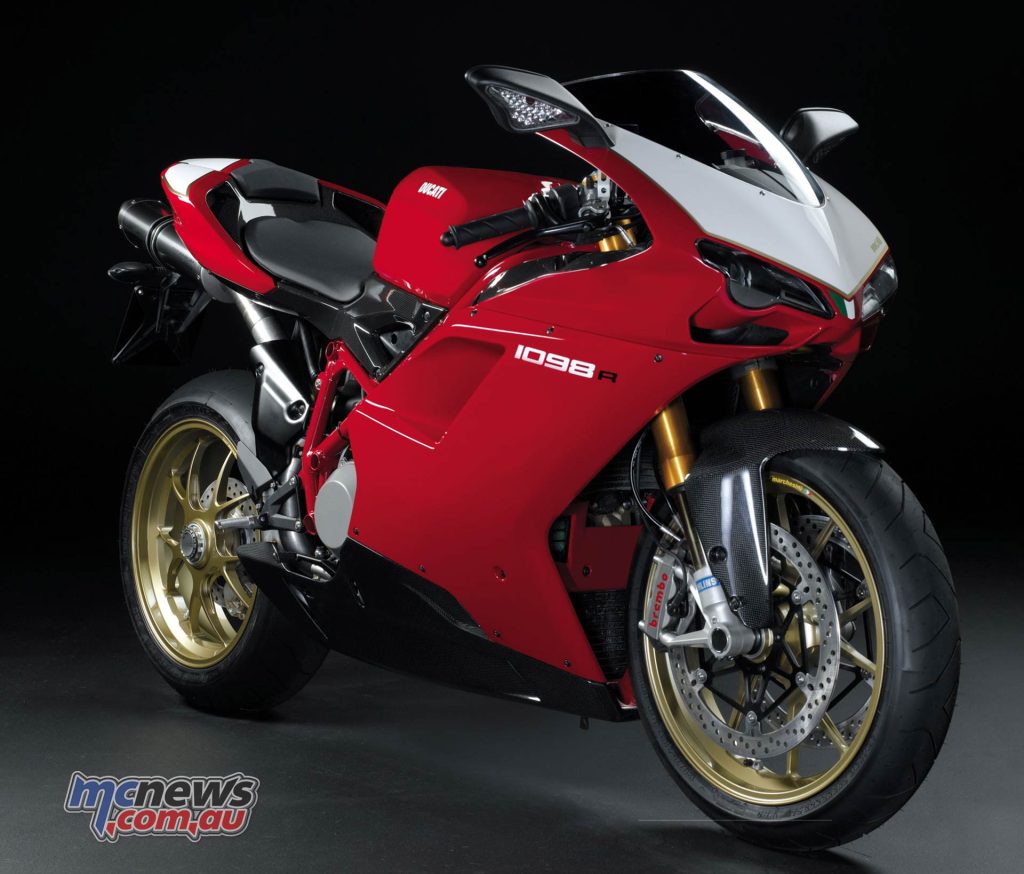
The Panigale Family
2012 saw the arrival of the Panigale family, which established new benchmarks. With the Panigale, Ducati introduced the 90° V-twin Superquadro engine with desmodromic distribution with mixed chain/gear control, ride-by-wire engine management, Öhlins electronic suspension, but also the aluminium monocoque frame with integrated airbox.
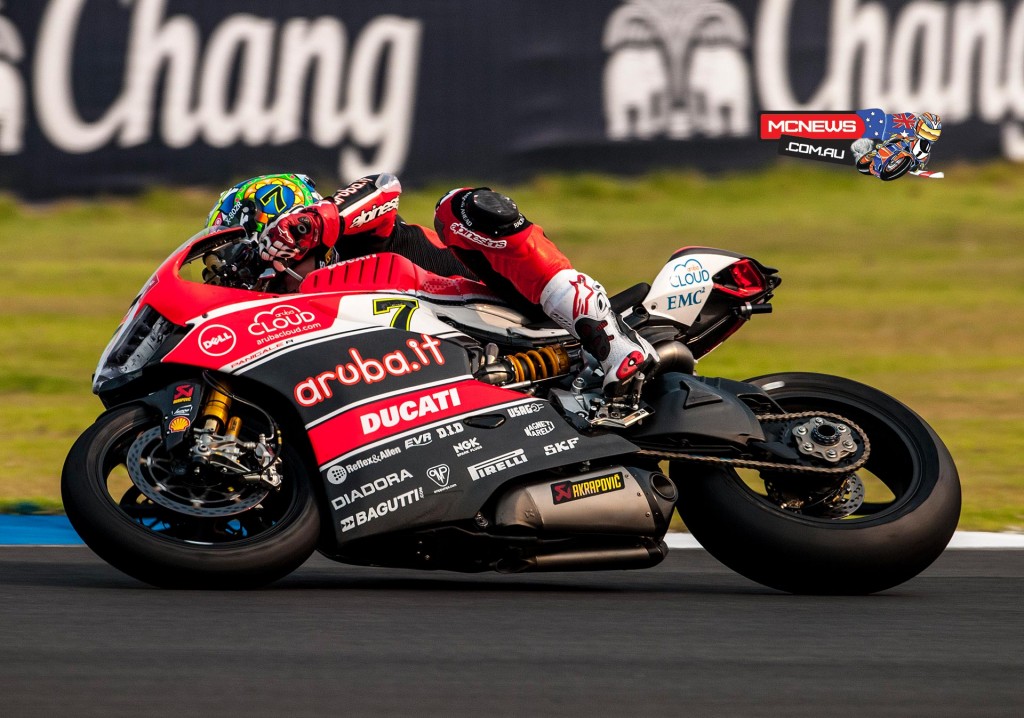
Finally, the style continued elements of the Ducati tradition by modernising them, and defining a line – that of the Panigale family – recognized as a work of art and awarded with the Compasso d’Oro in 2014.
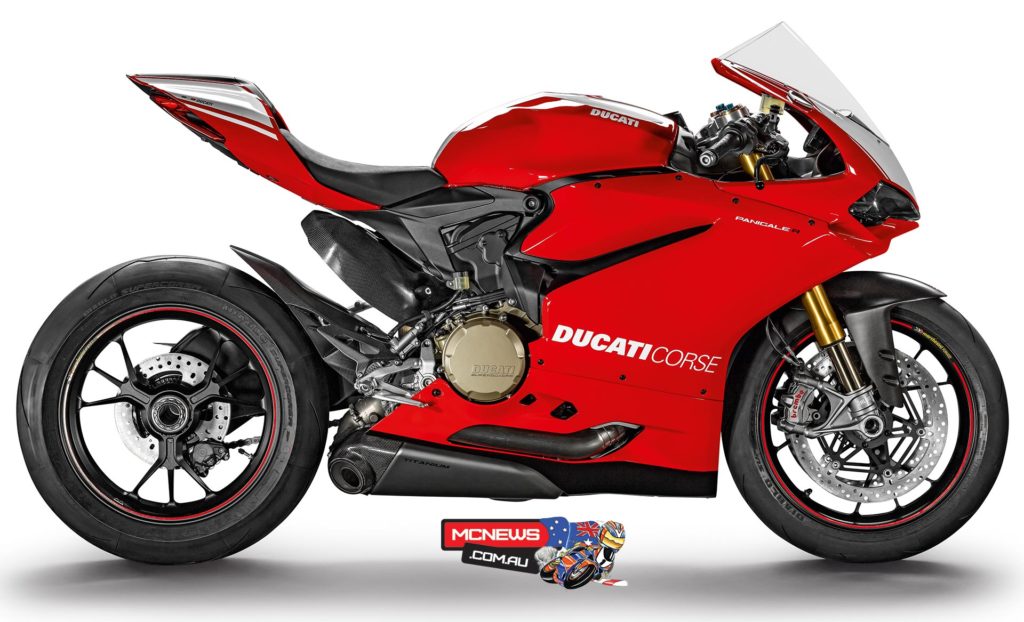
The 1299 evolution in 2015 made the Panigale take another step forward, and with the 2015 model the name of the “R” version also changed, becoming Panigale 1199 R, to indicate how the displacement of the racing model remained linked to the regulatory limit.
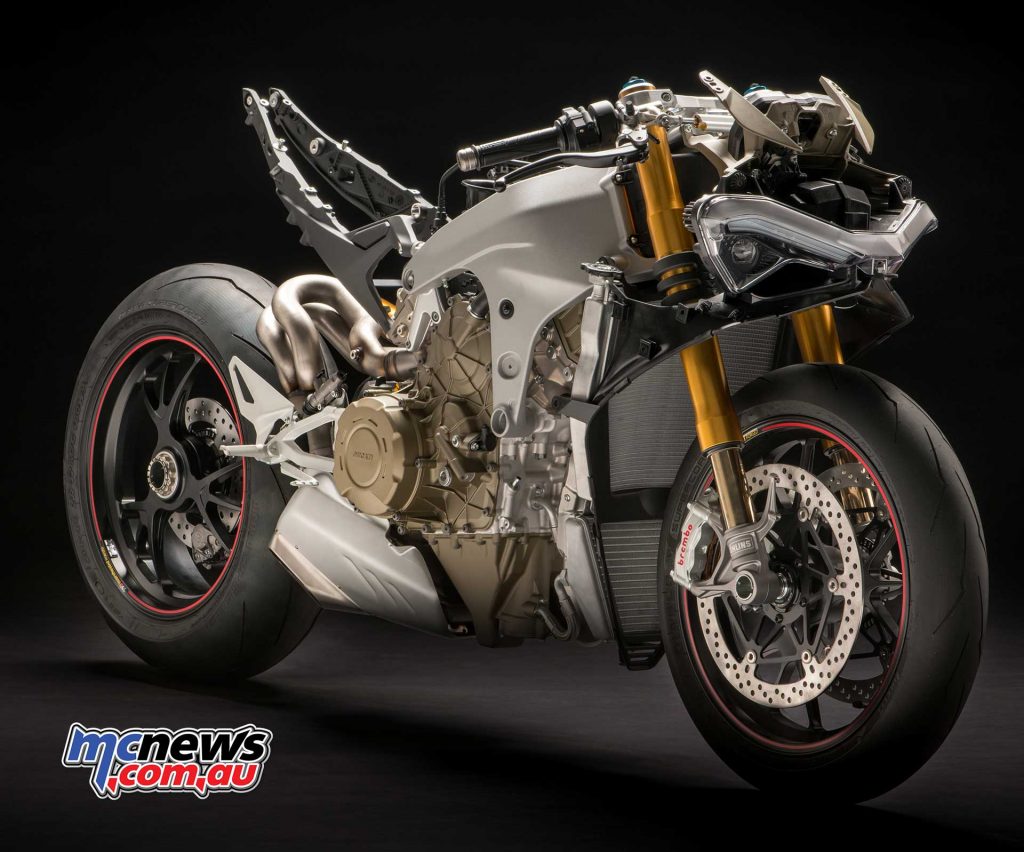
At the end of 2017, the most revolutionary Panigale ever arrived on the scene. Preceded by the presentation of its V4 Desmosedici Stradale engine, the Ducati Panigale V4 was unveiled, powered by the 90° V4 with MotoGP-derived Twinpulse timing and counter-rotating crankshaft capable of 214 horsepower and 13 kgm for a power/weight ratio of 1.1 hp/kg.
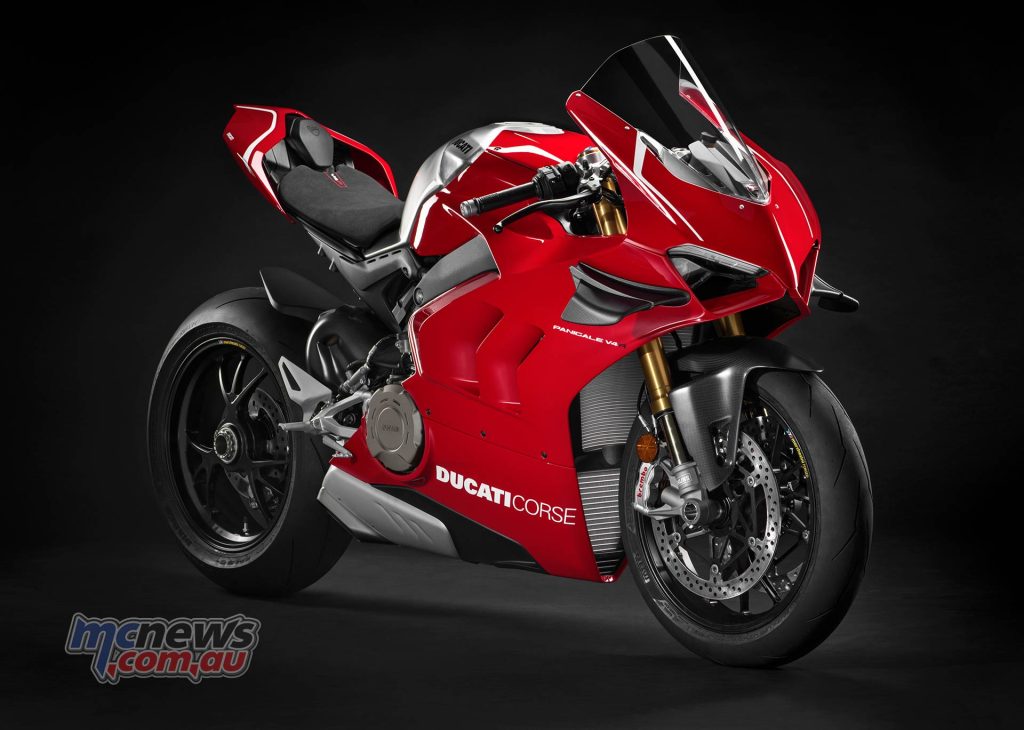
The chassis saw the introduction of the Front Frame, which continued to use the engine as a stressed element.
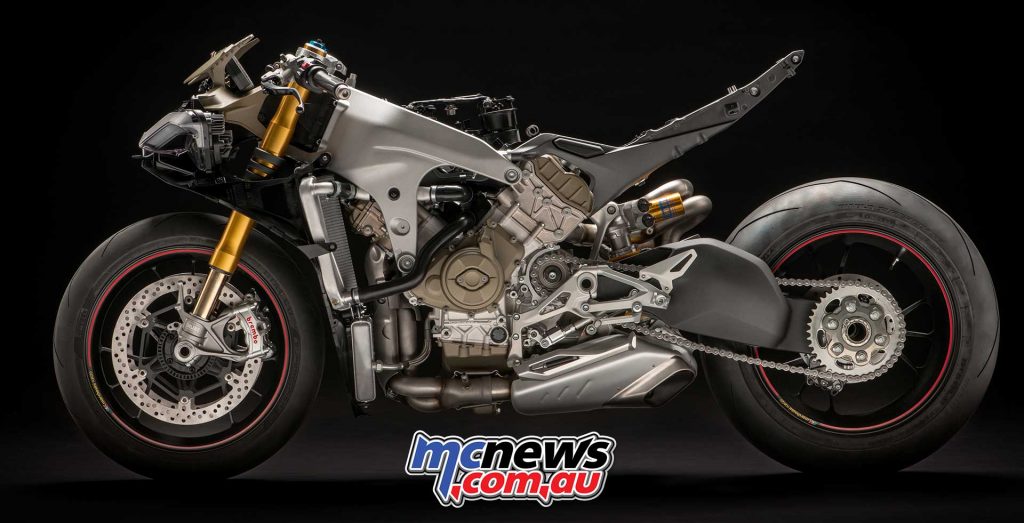
With the 2020 model came the aerodynamic package based on the winglets introduced by Ducati for the first time in MotoGP in 2016 and the 2021 version further refined the electronics.
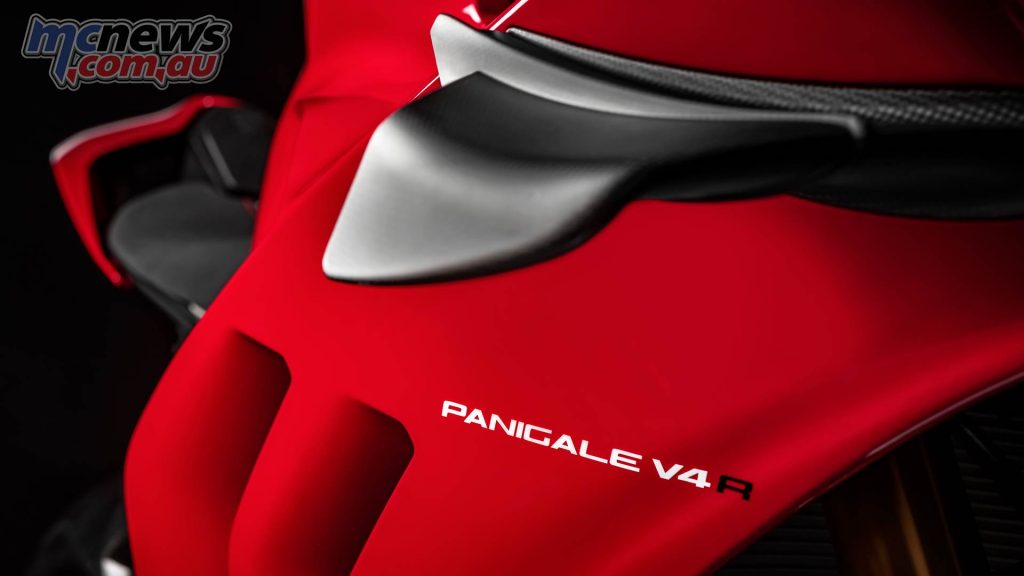
The 2022 model again moved the performance bar upwards, with an even more sophisticated electronic management, a more effective chassis, ratios borrowed from the Panigale V4 R and a more efficient aerodynamic package.
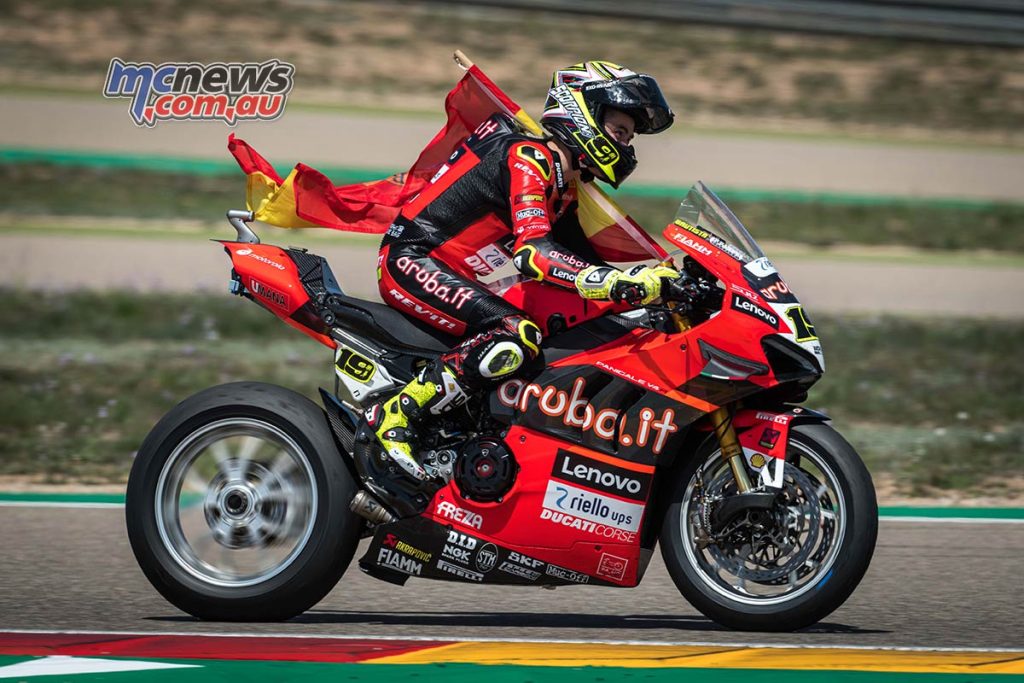
The Panigale family has notched up a total of 219 podiums over the course of its 10 years of racing competition, including 70 victories, but is yet to take a rider to the World Superbike Championship.
In 35 years of World Superbike, Ducati has scored 383 wins and 1000 podiums.
Ducati has won 14 Superbike riders’ and 17 manufacturers’ titles.
Ducati World Superbike Championship winning riders
- 1990 – 851 Raymond Roche
- 1991 – 888 Doug Polen
- 1992 – 888 Doug Polen
- 1994 – 916 Carl Fogarty
- 1995 – 916 Carl Fogarty
- 1996 – 916 Troy Corser
- 1998 – 916 Carl Fogarty
- 1999 – 996 Carl Fogarty
- 2001 – 996R Troy Bayliss
- 2003 – 999F03 Neil Hodgson
- 2004 – 999F04 James Toseland
- 2006 – 999F06 Troy Bayliss
- 2008 – 1098 F08 Troy Bayliss
- 2011 – 1198 F11 Carlos Checa
